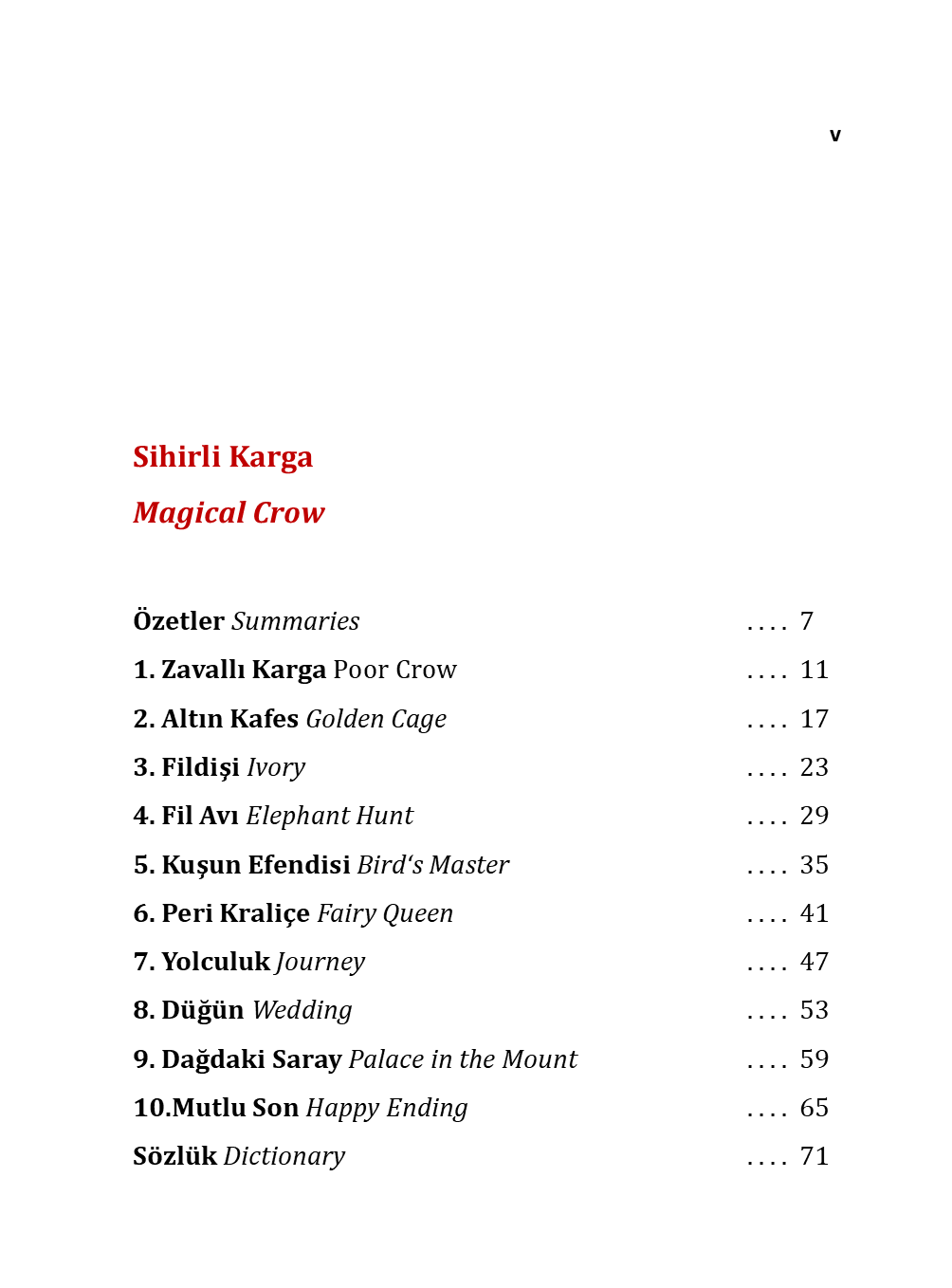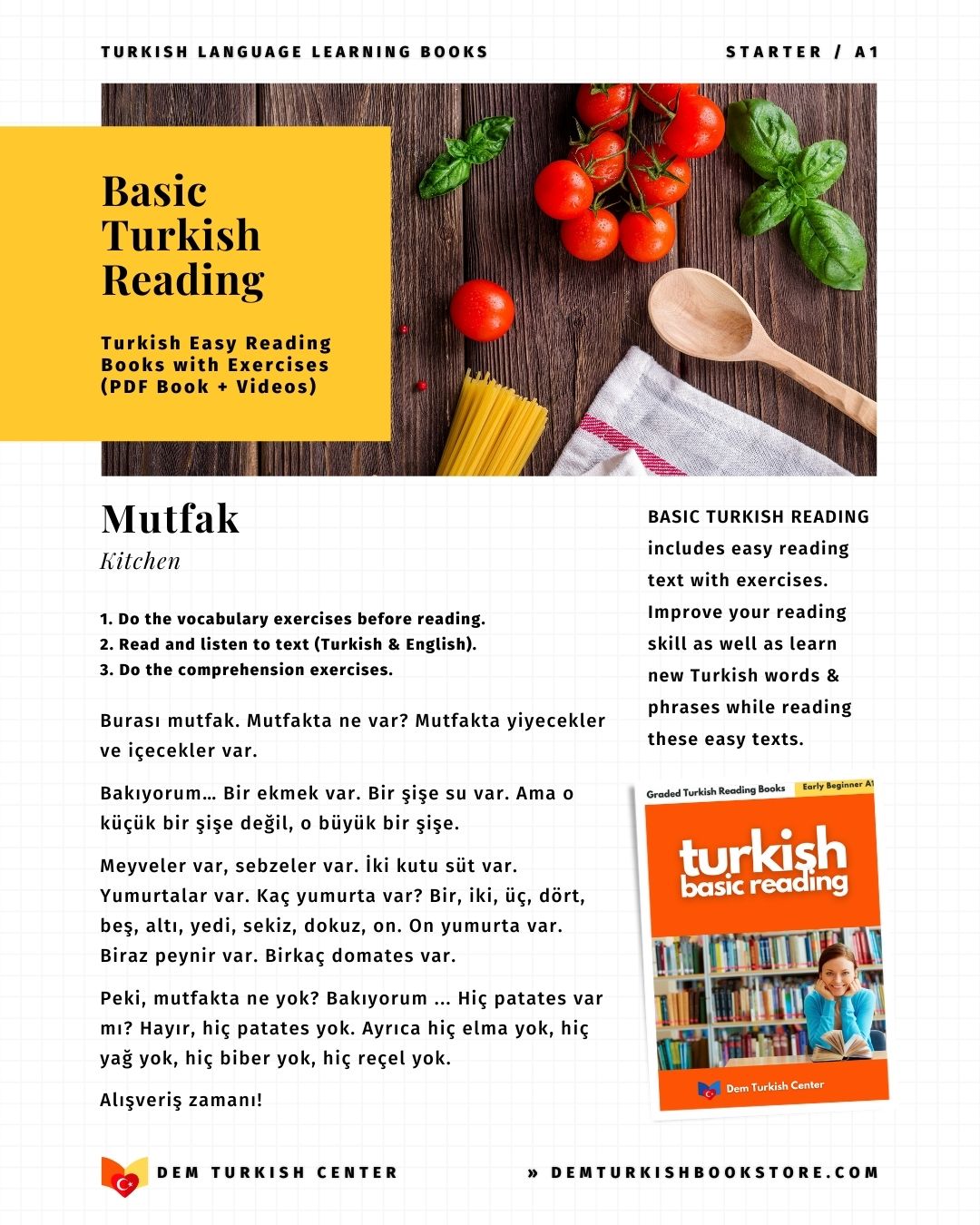
How to Use Turkish Cases: Locative, Accusative, Dative & More
Turkish is an agglutinative language, which means that grammatical functions like cases are expressed by adding suffixes to nouns. Unlike English, where prepositions (like "in, on, at") are separate words, Turkish uses case endings to convey similar meanings.
In this guide, we’ll break down the most essential Turkish cases—Locative, Accusative, Dative, Ablative, and Genitive—with clear examples to help you master them.
CASES (AT, TO, FROM, POSSESSIVE S) IN TURKISH
1. Locative Case (-de / -da / -te / -ta)
The locative case answers the question "Where?" and corresponds to English prepositions like "in, on, at".
Formation:
- Add -de / -da (after vowels or soft consonants: b, c, d, g, ğ, j, l, m, n, r, v, y, z)
- Add -te / -ta (after hard consonants: ç, f, h, k, p, s, ş, t)
Examples:
- Ev (house) → Evde (in the house)
- Okul (school) → Okulda (at school)
- Park (park) → Parkta (in the park)
Usage:
- Kitap masada. (The book is on the table.)
- İstanbul’da yaşıyorum. (I live in Istanbul.)
Download Turkish worksheets: Locative Suffix (AT IN ON) in Turkish
2. Accusative Case (-ı / -i / -u / -ü)
The accusative case marks the direct object of a sentence (answering "Whom?" or "What?").
Formation:
- -ı / -i / -u / -ü (based on vowel harmony)
- If the noun is proper (like a name), it takes a -y buffer: Ayşe’yi
Examples:
- Kitap (book) → Kitabı (the book)
- Elma (apple) → Elmayı (the apple)
- Kedi (cat) → Kediyi (the cat)
Usage:
- Kitabı okuyorum. (I am reading the book.)
- Seni seviyorum. (I love you.)
Download Turkish Worksheets: Definite Object (THE) in Turkish
3. Dative Case (-a / -e)
The dative case indicates direction (answering "To where?" or "For whom?").
Formation:
Add -a / -e (based on vowel harmony)
Examples:
- Okul (school) → Okula (to school)
- Ev (house) → Eve (to the house)
- Park (park) → Parka (to the park)
Usage:
- Arkadaşıma gidiyorum. (I am going to my friend’s place.)
- Markete gidelim mi? (Shall we go to the market?)
Download Turkish worksheets: Directional (TO) Suffix in Turkish
4. Ablative Case (-dan / -den / -tan / -ten)
The ablative case indicates separation or origin (answering "From where?" or "Since when?").
Formation:
- -dan / -den (after vowels or soft consonants)
- -tan / -ten (after hard consonants)
Examples:
- İstanbul → İstanbul’dan (from Istanbul)
- Okul → Okuldan (from school)
- Türkiye → Türkiye’den (from Turkey)
Usage:
- Ankara’dan geliyorum. (I am coming from Ankara.)
- Saat 5’ten beri bekliyorum. (I’ve been waiting since 5 o’clock.)
Download Turkish worksheets: Ablative Suffix (FROM) in Turkish
5. Genitive Case (-ın / -in / -un / -ün)
The genitive case shows possession (like ’s in English).
Formation:
-ın / -in / -un / -ün (based on vowel harmony)
Examples:
- Araba (car) → Arabanın (the car’s)
- Anne (mother) → Annenin (the mother’s)
Usage:
- Bu, Ahmet’in kitabı. (This is Ahmet’s book.)
- Kedinin maması bitti. (The cat’s food is finished.)
Final Tips for Mastering Turkish Cases
- Practice with simple sentences Start with basic phrases and gradually build complexity.
- Listen to native speakers Pay attention to how cases are used in daily conversation.
- Memorize common suffixes Use flashcards to reinforce your memory.
- Make mistakes and learn Turkish cases can be tricky, but practice makes perfect!
By understanding these cases, you’ll significantly improve your Turkish fluency. Happy learning!
Did you find this guide helpful? Let us know in the comments!














